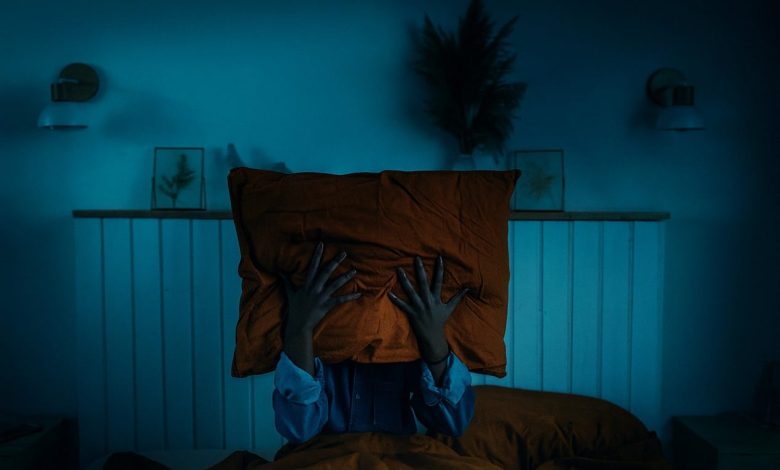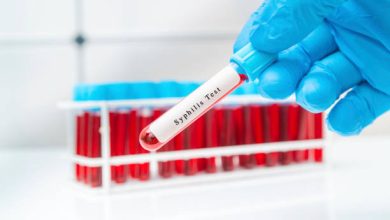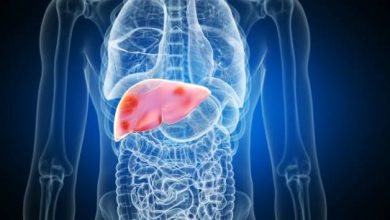9 of The Scariest Chemicals Hiding in Your Home – BlackDoctor.org

 Your home should be your sanctuary — a safe, peaceful space where you can unwind. The only scary stuff in your home should be the scary movies you watch leading up to Halloween. But what if the very products that keep your home clean and comfortable are actually exposing you to harmful toxins?
Your home should be your sanctuary — a safe, peaceful space where you can unwind. The only scary stuff in your home should be the scary movies you watch leading up to Halloween. But what if the very products that keep your home clean and comfortable are actually exposing you to harmful toxins?
From cleaning sprays to couches, everyday items can release hidden chemicals into your air, water, and skin. Over time, these exposures can impact your hormones, lungs, and even increase long-term health risks.
Let’s uncover where these scary chemicals are hiding — and what you can do about it.
The Scariest Chemicals Hiding in Your Home (& Where to Find Them)
Cleaning Products: The “Fresh” Smell That’s Anything But
Most household cleaners promise a sparkling finish and a lemon-fresh scent. But that “fresh” smell often comes from volatile organic compounds (VOCs) — toxic gases that can irritate your eyes, lungs, and skin.
Common toxic ingredients include:
- Ammonia: Found in glass and surface cleaners; can burn eyes and irritate lungs.
- Chlorine bleach: Disinfects but produces toxic fumes when mixed with other cleaners.
- Phthalates: Chemicals used in synthetic fragrances; linked to hormone disruption and reproductive issues.
- Formaldehyde: Sometimes released from cleaning agents; classified as a human carcinogen.
Swap These Out With:
Choose plant-based or fragrance-free cleaners. You can also make your own with vinegar, baking soda, lemon juice, and water — simple ingredients that clean effectively without toxic residue.
Furniture & Fabrics: The Hidden Source of Toxins
Your couch, carpet, and curtains might look cozy — but many are treated with chemicals designed to resist fire, stains, and water. The downside? These chemicals can off-gas into your home’s air for years.
Watch out for:
- PBDEs (Flame Retardants): Linked to thyroid and developmental problems.
- Formaldehyde: Used in pressed wood furniture; irritates the respiratory system.
- PFAS (“Forever Chemicals”): Found in stain-resistant fabrics and rugs; build up in your body and may impact immunity and fertility.
Swap This Out With:
Look for furniture labeled “Greenguard Certified” or “low-VOC.” Choose solid wood, organic cotton, wool, or untreated fabrics whenever possible.
Air Fresheners, Candles & Fragrances: Toxic Scents
That sweet-smelling candle or plug-in air freshener might be releasing a cocktail of toxic fumes.
Many contain phthalates, benzene, and toluene — chemicals that can affect your nervous system and hormones.
Toluene, in particular, is a colorless liquid with a sweet, pungent odor, used as a solvent in products like paints, glues, and nail polish, and as an octane-increasing additive in gasoline. Exposure can occur through inhalation, skin contact, or ingestion, with health effects ranging from irritation and central nervous system effects. Here’s more of a breakdown of what could happen.
Health Effects of Toluene
- Short-term exposure: Can cause irritation to the eyes, nose, and throat; headaches, dizziness, confusion, and nausea.
- Long-term exposure: May lead to permanent brain, liver, and kidney damage. Chronic inhalation can cause hearing loss and vision problems.
- High-level exposure: Can lead to more severe central nervous system effects such as hallucinations, tremors, seizures, and coma.
- Pregnancy: Exposure during pregnancy may lead to developmental problems in the fetus, including reduced mental abilities and growth.
Swap This Out With:
Go natural. Use essential oil diffusers, beeswax or soy candles, or simply open your windows for fresh air circulation.
Personal Care & Laundry Products: The Skin-Deep Problem
The products you use on your skin and clothes can be a hidden source of toxins.
Common offenders:
- Parabens: Preserve cosmetics but mimic estrogen in the body.
- Synthetic Fragrances & Dyes: Derived from petroleum and can trigger allergies or asthma.
- Sodium Lauryl Sulfate (SLS): Causes skin irritation and dryness.
Sodium Lauryl Sulfate (SLS) is a surfactant used in many personal care and cleaning products to create lather and cleanse. While considered safe for use in products at proper concentrations, it can cause skin, eye, and lung irritation, especially for those with sensitive skin. Its higher irritation potential compared to the similar sodium laureth sulfate (SLES) makes it a common ingredient for products needing strong lather, like certain shampoos and soaps, but also for industrial cleaners and as a positive control in dermatological studies.
But here’s why SLS is scary: Some research suggests that SLS can be contaminated with 1,4-dioxane, a possible human carcinogen, and ethylene oxide, a known carcinogen.
Swap This Out With:
Look for products labeled “paraben-free,” “fragrance-free,” and “hypoallergenic.” Read ingredient lists carefully and choose clean, minimal formulations.
Long-Term Health Effects of Hidden Household Toxins
You might not notice the effects right away, but chronic exposure to household chemicals can add up over time. Research has linked these toxins to:
- Respiratory problems and asthma
- Headaches, fatigue, and brain fog
- Hormonal imbalances and fertility issues
- Increased cancer risk
Children and pets are especially vulnerable because their smaller bodies absorb chemicals more quickly.
How You Can Detox Your Home
You don’t need to throw everything in the garbage at once. Small, steady changes can make a big difference.
Here’s how to start:
Ventilate daily: Open windows or use a HEPA-filter air purifier.
Switch to non-toxic cleaners: Try brands like Seventh Generation, Ecover, or Branch Basics.
Avoid plastics: Especially those marked #3, #6, or #7, which can leach chemicals.
Ditch synthetic scents: Use natural air fresheners or essential oils.
Check for certifications: Look for EPA Safer Choice or Made Safe labels.
What You Need to Remember
Don’t panic, family. Remember, toxic chemicals are everywhere — but awareness is your greatest defense. By swapping out just a few products at a time, you can reduce your exposure, breathe easier, and make your home a healthier, happier space for everyone who lives in it.




